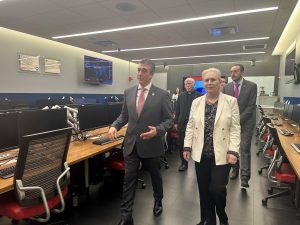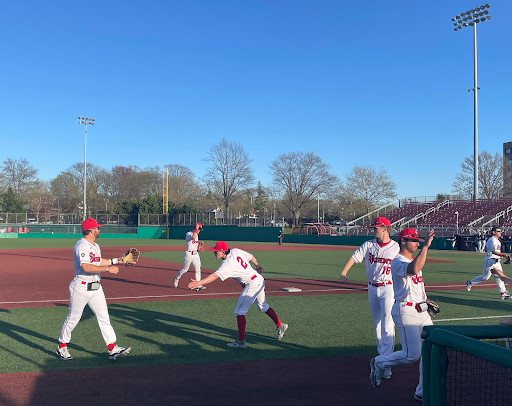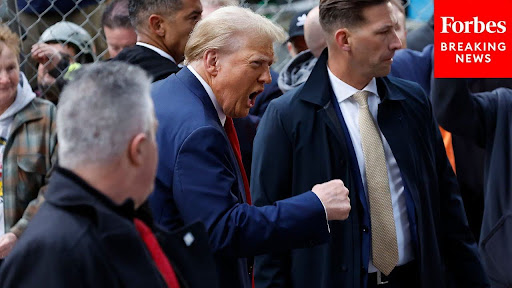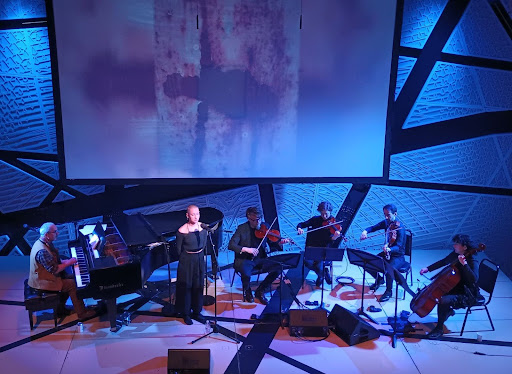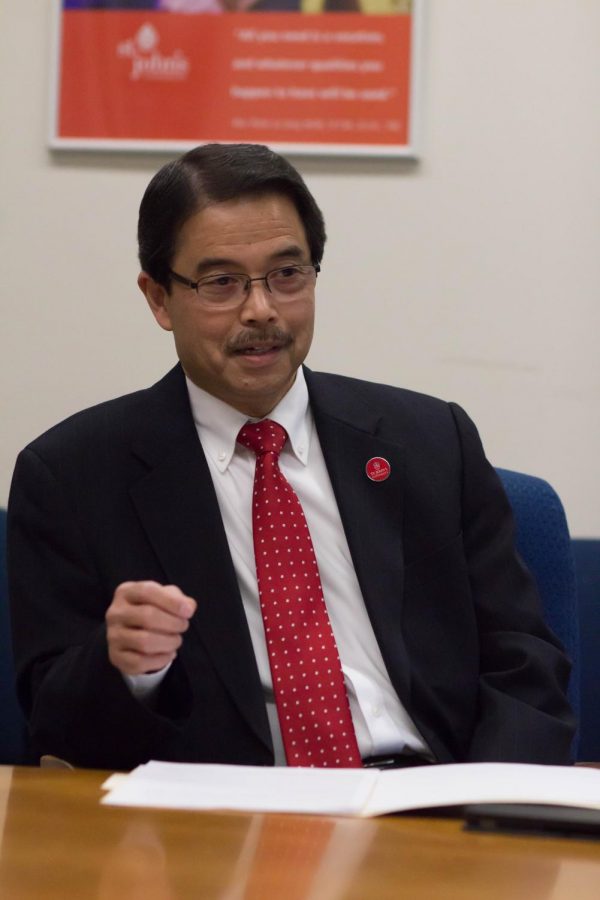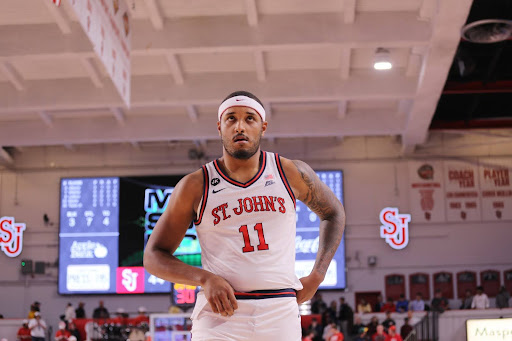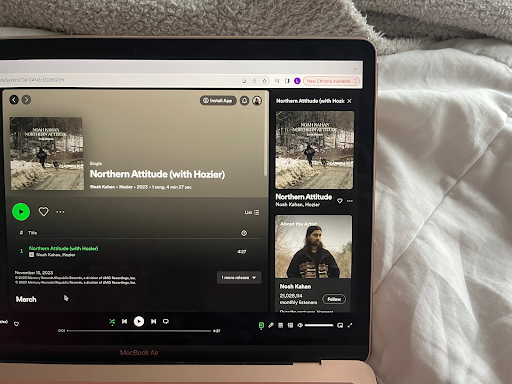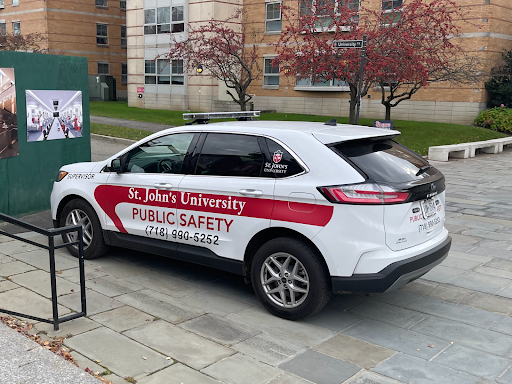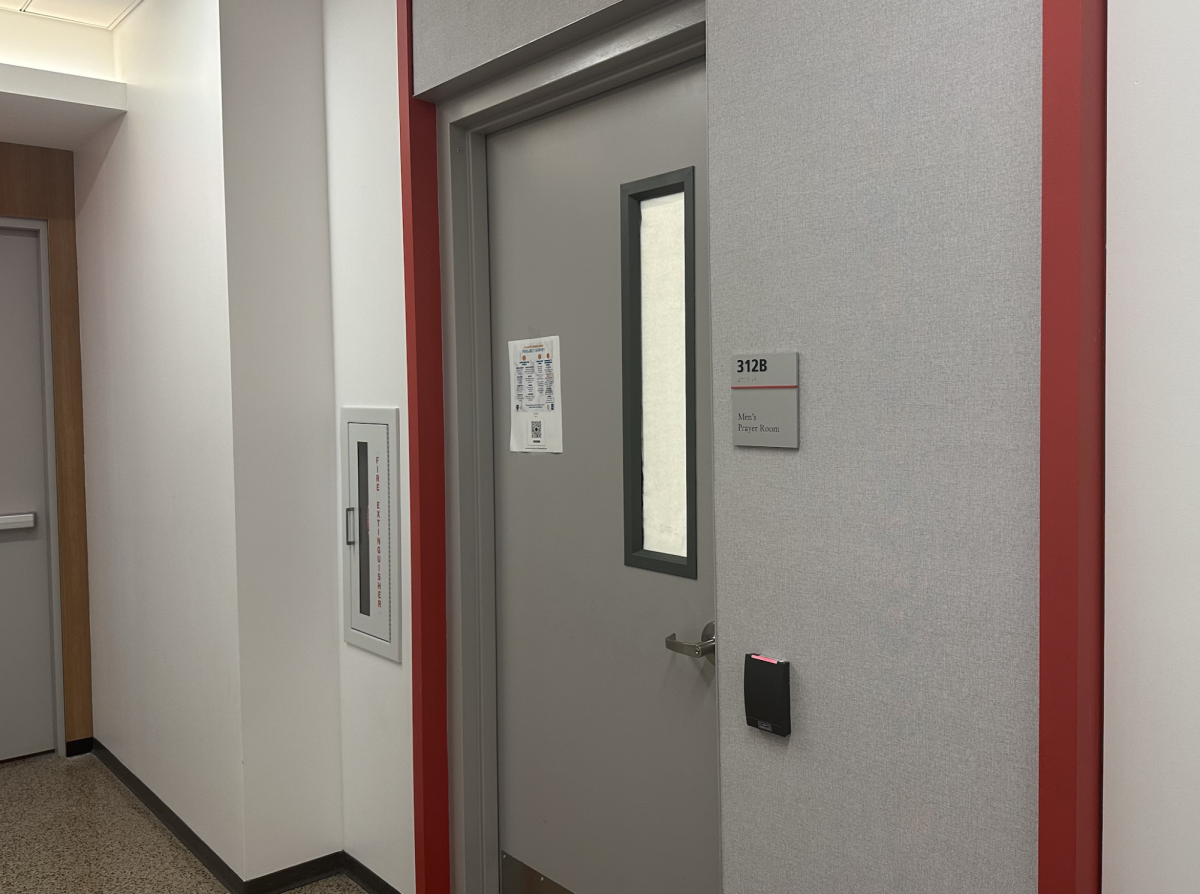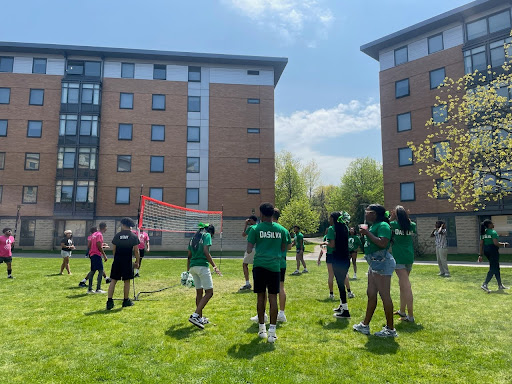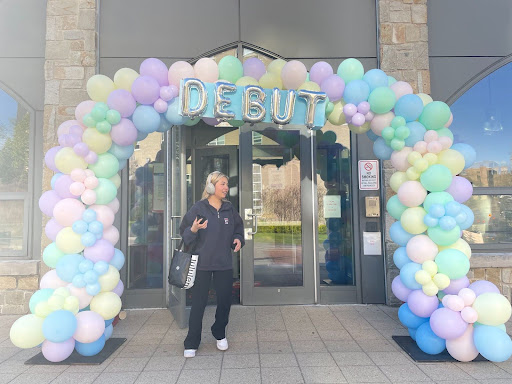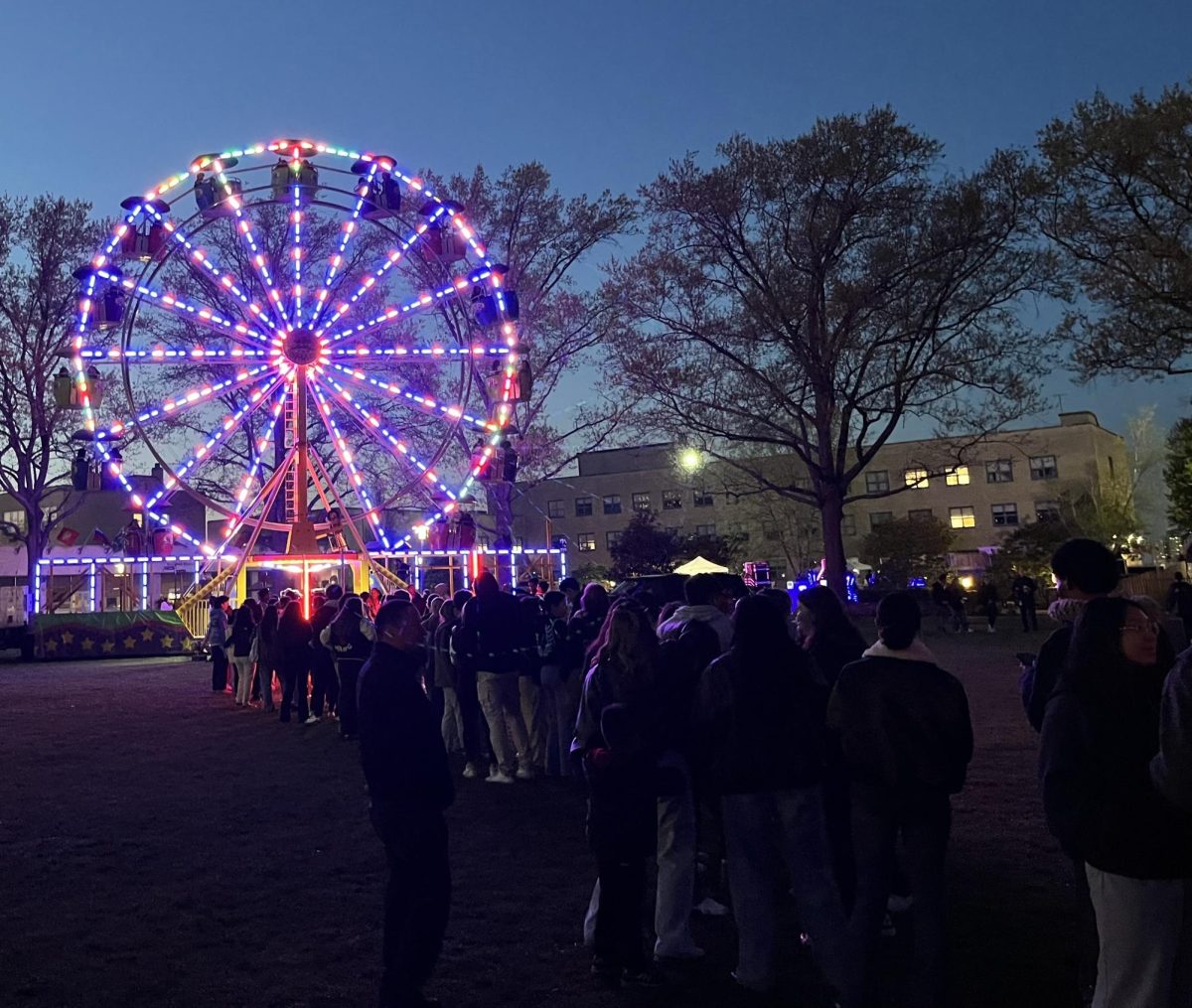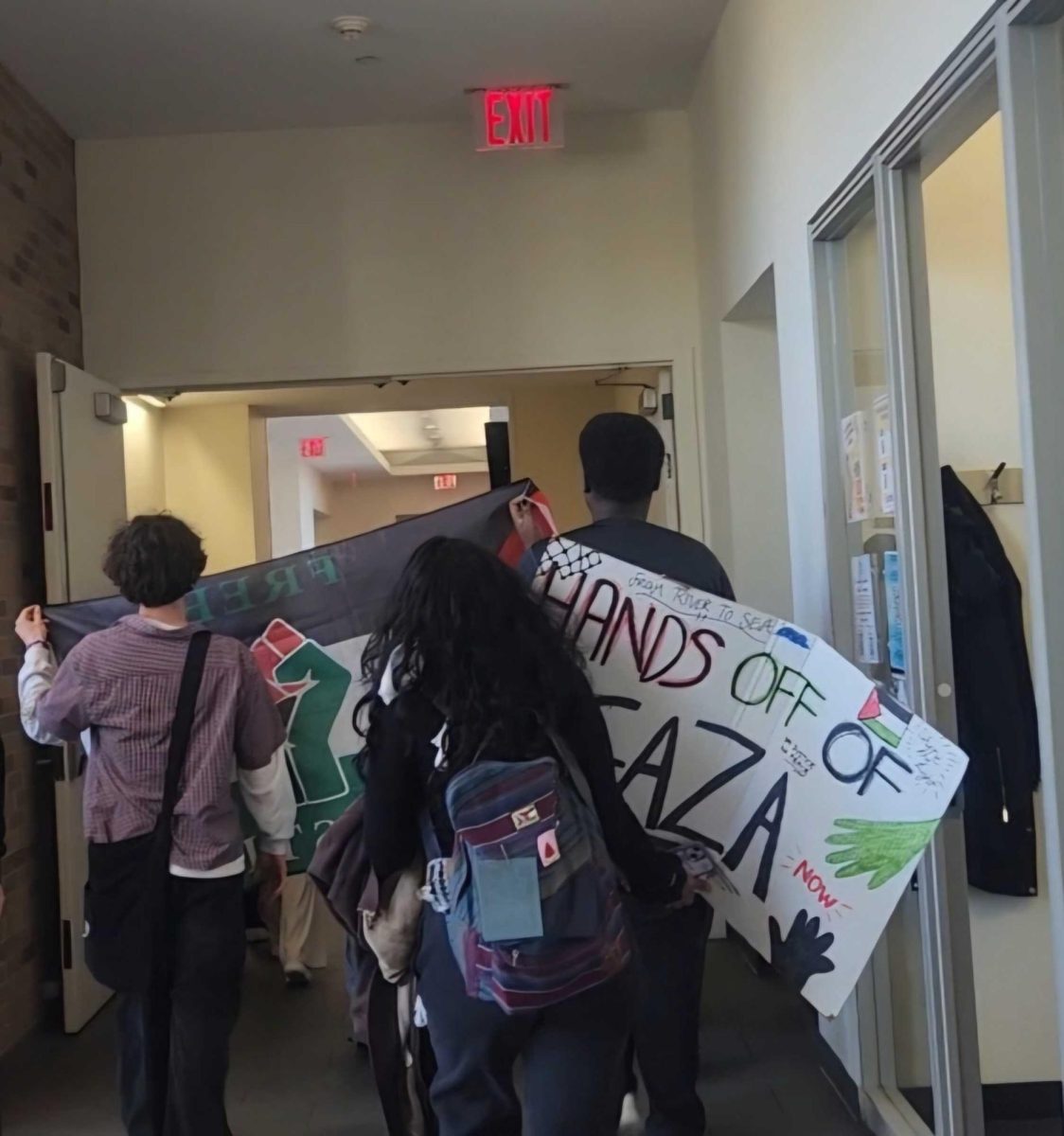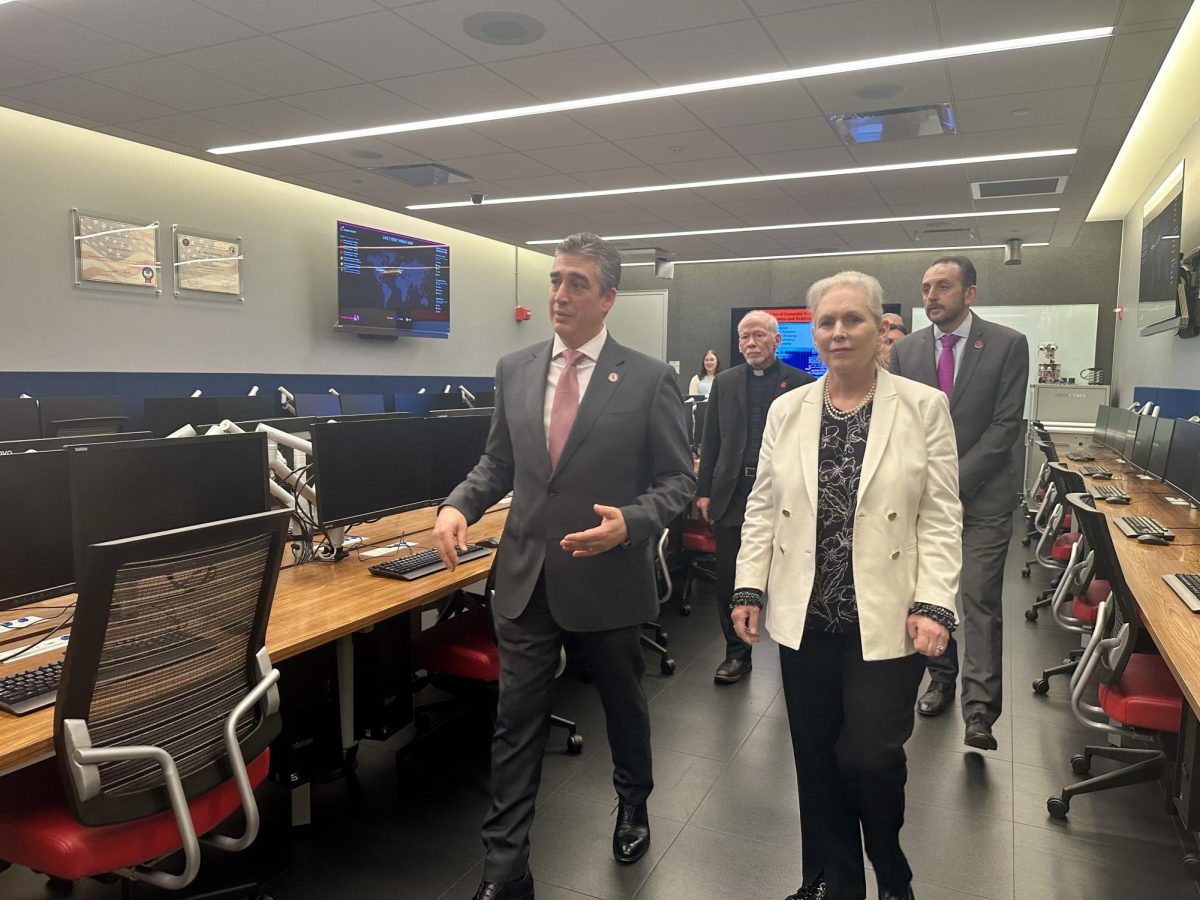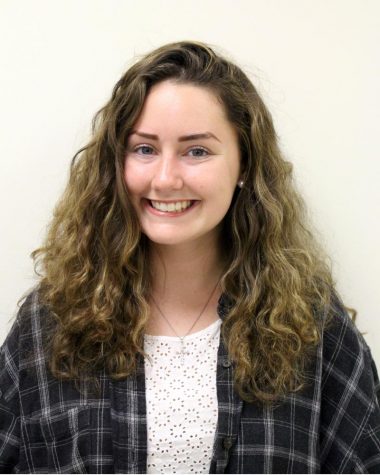St. John’s President Conrado “Bobby” Gempesaw said he understands why many students walked out of an emotional Town Hall meeting about race relations held on campus a little over a month ago.
“As an immigrant and a person of color, I fully understand where they’re coming from,” Gempesaw said.
Gempesaw described the recent student demonstrations regarding race and diversity on campus, including the Town Hall meeting in Taffner Field House on Feb. 8, as “important learning experiences” for the university community.
“The student protest, the town hall meeting and other activities at that time essentially raised the awareness of the campus community,” he said, “and provided a better understanding of our student experiences and important issues that we as a community [need] to work to address.”
Gempesaw, who is finishing his fourth school year at the University, addressed his thoughts on the town hall meeting publicly for the first time during a wide-ranging interview with the Torch on Tuesday, April 3.
Gempesaw was scheduled to speak at the end of that Town Hall meeting after a host of students were done taking turns at the microphone expressing their experiences involving racism on campus. But the meeting ended shortly after students walked out. At the same time Gempesaw also left that meeting without comment, alongside his fellow administrators.
Gempesaw said the town hall meeting was good in the sense that students were able to share their experiences, and that it was eye-opening for many involved.
“Really, this is an ongoing challenge in our society and it’s happening [on] many college campuses,” he said. “And it needs to be addressed.”
He said the University is taking active steps to listen to the concerns of the student body through initiatives like the town hall. He also touched upon the work of the St. John’s Task Force for Diversity and Inclusion.
The Task Force, which held its first meeting in November 2016, is comprised of faculty, administrators and students and aims to incorporate the themes of diversity and inclusion into the St. John’s campus culture.
Gempesaw said he’s pleased with the work of the Task Force.
“I meet with [Nada Llewellyn] and I’m very pleased about the proactive steps that they’re [taking],” he said.
Moving forward, the qualities of mindfulness, respect and inclusivity are three things Gempesaw stressed as qualities the St. John’s community needs to incorporate into the campus culture.
“I believe that an inclusive learning community based on mutual respect is the foundation that will honor our diversity and enhance our access, equity and success,” he said. “However, the task of promoting an inclusive and welcoming community cannot be achieved by one group or one individual.
This will require all of us to be more sensitive to each other’s perspectives and beliefs, and to understand the challenges that others face and to be willing to reach out and help bridge differences.”
He said his request for the entire community, including alumni and partners of the University, is to be mindful of how important these issues are — “to all of us.”
Additionally, Gempesaw added that he’s met with student leaders to discuss various experiences students have had at St. John’s.
Calling these experiences “difficult,” he said, “I looked at the Town Hall meeting really more as a learning experience for all of us, and I believe we will be a stronger institution.”
Gempesaw added that he believes St. John’s can be a more inclusive, respectful and welcoming environment if the community is committed to the same goal.
“Our diversity should be our strength,” he said, “because it is who we are.”
A complete interview with President Gempesaw will be published in the Torch’s 4/18 issue.
Editor’s Note: This story has been updated to reflect a change in Gempesaw’s quote on an inclusive community.
The print version of this story read: “This will require all of us to be more sensitive to each other’s perspectives and beliefs, and to understand the challenges that others face and to be willing to reach out and help breach differences.” He said “bridge differences,” not “breach differences.”




